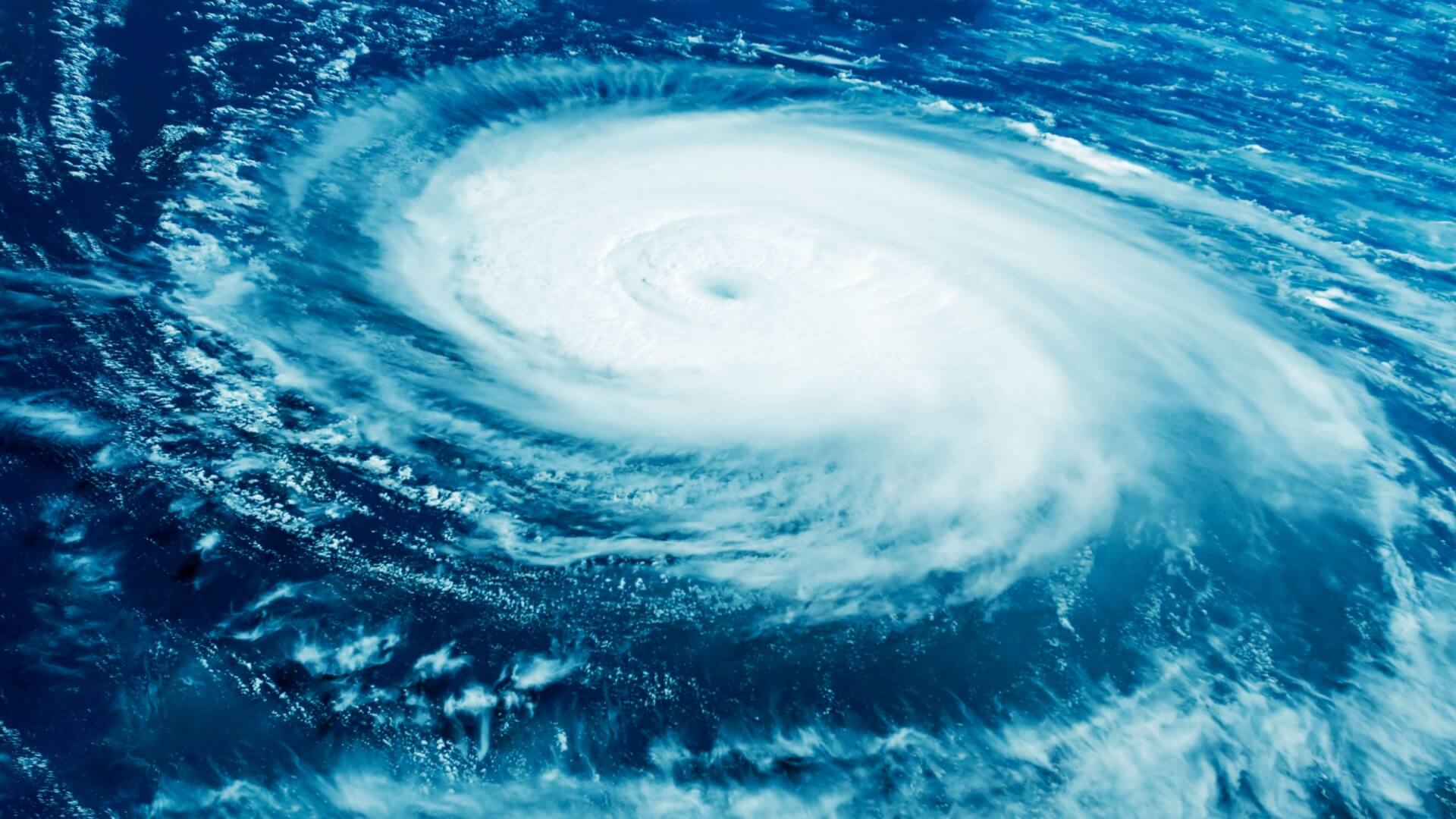Hurricane vs. Tropical Storm: Understanding the Crucial Insurance Differences
Living in Florida means appreciating the sunshine while also preparing for the storm season. When severe weather approaches, we often focus on the storm’s category. However, when it comes to your insurance policy, the distinction between a “hurricane” and a “tropical storm” can have significant financial consequences. Understanding these differences is essential for every homeowner to ensure they are properly protected.
The hurricane damage attorneys at EC Law Counsel can explain to you what the differences between hurricanes and tropical storms mean for your insurance policies.
How Insurance Companies Define Storms
Insurance providers don’t just look at wind speed; they have specific definitions for different types of storms, which directly impact your coverage. A tropical storm typically has sustained winds of 39 to 73 mph. Once winds reach 74 mph or higher, the storm is classified as a hurricane.
This distinction is more than just a meteorological detail. It can be the trigger for different clauses within your homeowners’ insurance policy, particularly concerning deductibles and coverage limits.
Key Insurance Differences: Hurricanes vs. Tropical Storms in Insurance Policies
1. Deductibles
One of the most significant differences appears in your policy’s deductible. In Florida, a “hurricane deductible” is often separate from your standard homeowners insurance deductible and typically amounts to a percentage of your home’s insured value, commonly ranging from 2% to 5%.
This special deductible is only triggered when a storm is officially classified as a hurricane by the National Weather Service. Usually, it takes effect when a hurricane watch or warning is issued for your area and remains in place until 72 hours after the warning ends.
In contrast, if your property is damaged by a tropical storm, the standard deductible outlined in your policy applies, which is generally a flat dollar amount and often significantly lower than the hurricane deductible, even if the damage to your home is devastating.
2. Coverage Limits
Insurance policies may also set different coverage limits for hurricanes and tropical storms. In some cases, coverage for wind-related damage might be capped or subject to certain sub-limits if caused by a hurricane, particularly if you live in a high-risk coastal area.
Damage from tropical storms is typically processed under the general windstorm coverage portion of your policy, which may have fewer restrictions. Always read your declarations page carefully to understand these subtle but crucial distinctions.
3. Exclusions
Exclusions can also vary depending on the storm type. Some policies might not cover certain types of water intrusion, such as flooding, regardless of whether the cause is a hurricane or a tropical storm.
Remember, standard homeowners insurance does not cover flood damage — you’ll need a separate flood insurance policy through the National Flood Insurance Program (NFIP) or a private insurer.
Other exclusions may relate specifically to named storms or only kick in at hurricane strength. These details matter when filing a claim.
The Physical Difference Between Hurricanes and Tropical Storms
Another key difference between hurricanes and tropical storms lies in their potential for damage and the scale of their impact. Hurricanes, with their higher wind speeds, are capable of causing extensive destruction to buildings, infrastructure, and vegetation, often leading to widespread power outages and significant flooding.
Tropical storms, while still dangerous, typically result in less severe damage due to their lower wind speeds and less organized structure. Additionally, the intensity and size of hurricanes often demand greater preparedness and evacuation efforts compared to tropical storms, making their threat level substantially higher to affected regions.
What Homeowners Should Do
- Review your policy: Take the time to read your insurance documents and look for hurricane and windstorm endorsements, deductibles, and exclusions.
- Clarify definitions: Confirm how your insurance provider defines “hurricane” and “tropical storm,” as this can affect your claim process and payout.
- Document property condition: Before storm season, maintain an up-to-date inventory of your home’s contents and condition, including photos and receipts.
- Secure additional coverage: Consider flood insurance or supplemental windstorm coverage if you live in a vulnerable area.
Talk to an Experienced Attorney
Insurance claims after a major storm can be complex and frustrating — especially if your insurer disputes the type of storm or the applicable deductible, leaving you with less compensation than you need.
At EC Law Counsel, we help Florida homeowners navigate the nuances of their coverage to secure the full and fair compensation they deserve. If you’re facing challenges with a hurricane or tropical storm damage claim, contact our office today for a consultation. Your recovery starts with the right information and the right team by your side.





